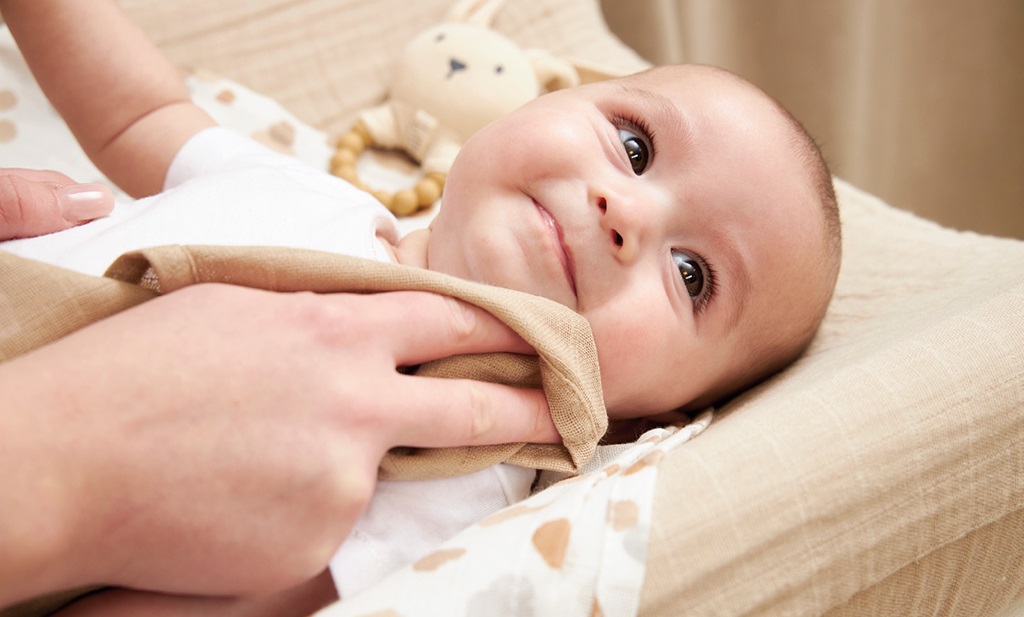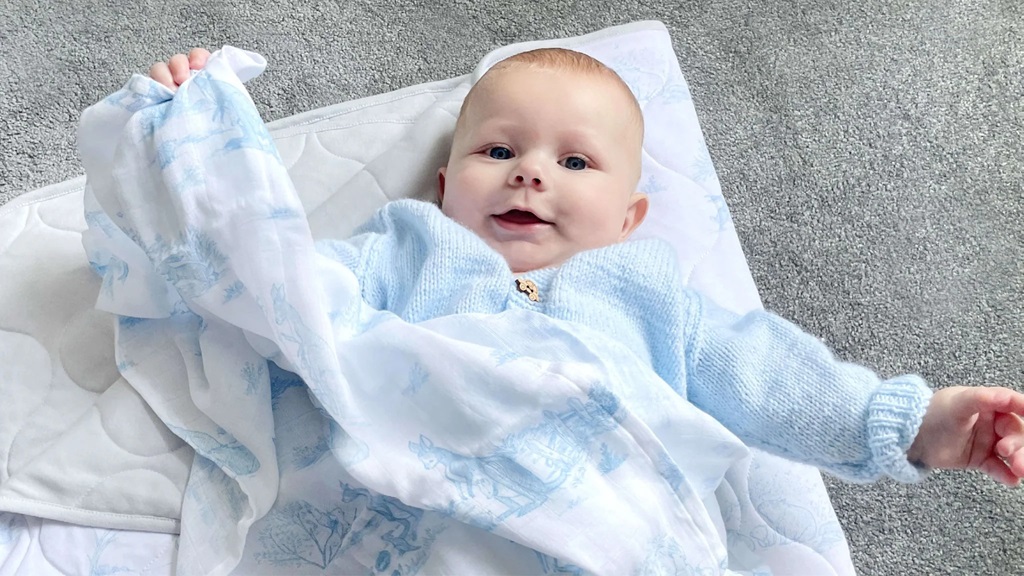
24 Feb Are Baby Muslin Washcloths Safe for Kids?
Baby muslin washcloths have become a staple item for parents of infants and toddlers. Their soft, lightweight fabric makes them gentle on a baby’s delicate skin. But are these washcloths safe for kids? Here is an in-depth look at baby muslin washcloths and whether they pose any risks for children.
What Are Baby Muslin Washcloths?
Baby muslin washcloths are made from cotton muslin, a lightweight, plain-woven fabric. Muslin gets its name from Mosul, Iraq, where it originated. The open weave gives it a translucent, breathable texture.
Muslin has been used for swaddling and burp cloths for ages. But it has recently become famous for making extra soft, flexible baby washcloths. These muslin washcloths are more significant than a traditional baby washcloth. They have an oversized design that works well for cleaning up messy faces.
Benefits of Baby Muslin Washcloths
There are several reasons why muslin makes an ideal material for baby washcloths:
Soft and Gentle
The lightweight gauze texture of muslin makes it exceptionally soft against a baby’s skin. A muslin washcloth is unlikely to cause any irritation, scratches, or discomfort. This softness and flexibility make it perfect for gently cleaning and drying the most delicate skin.
Highly Absorbent
Despite the thin, translucent appearance, muslin is surprisingly absorbent. Its loose weave rapidly absorbs and holds moisture. A single muslin washcloth can soak up a lot of drool or water during bath time. This also makes it great for drying off wet skin.
Quick-Drying
The loose weave also allows muslin to dry very quickly. Bacteria and mold are less likely to grow when the material doesn’t stay damp for long. Fast drying time makes muslin an ideal choice for items that need frequent washing, like washcloths.
Breathable
Cotton muslin has high breathability due to its loose, open weave. This allows air to circulate freely, preventing overheating. The breathability makes it comfortable against a baby’s skin, even in hot weather.
Durable
Despite the delicate appearance, muslin is surprisingly durable and withstand frequent washing. The translucent texture resists pilling. With proper care, a good quality muslin washcloth can maintain its softness and absorbency for years.
Versatile
Beyond just washcloths, muslin has many uses for babies. Its versatility makes it a valuable purchase for parents. Muslin can be used for swaddle blankets, burp cloths, nursing covers, stroller covers, and lightweight blankets.
Are There Any Risks Using Muslin for Babies?

Safety is the top priority for the most vulnerable family members when buying products. While muslin washcloths offer many benefits for babies, parents may still wonder if there are any risks associated with using them.
Here are some considerations when evaluating the safety of muslin:
Choking Hazard
Some parents may worry about the loose threads in muslin posing a choking risk. However, most baby muslin washcloths are finished with surge stitching. This reinforces the edges and prevents the weave from unraveling. The threads should remain secure as long as the muslin does not show wear from extensive use. Supervise young infants during use just to be safe.
Chemical Exposure
Conventional cotton uses pesticides and other chemicals during growing and processing. However, most major baby brands now use organic cotton for muslin washcloths and other baby products. Organic cotton eliminates these chemical risks. Look for items labeled 100% organic cotton.
Dyes and Prints
The dyes and prints on some decorated muslin could theoretically contain toxic chemicals. But reputable baby brands carefully regulate these to comply with Oeko-Tex standards for infant safety. Look for muslin labeled as Oeko-Tex certified to ensure the dyes used are baby-safe. Plain undyed muslin also avoids this issue.
Mold Growth
Proper drying to prevent mold growth is any washcloth’s most significant safety issue. The risks here are no more effective with muslin than with other fabrics. Wash muslin washcloths frequently and allow them to dry between uses thoroughly. Bleaching periodically also helps kill any mold spores. Avoid leaving damp muslin sitting for prolonged periods.
Durability Concerns
Extensive washing and use can eventually cause any fabric to break down. Check muslin washcloths frequently for holes or excessive fraying, and discard them when they appear worn. Avoid pulling any loose threads, which can cause unraveling. With reasonable care, muslin remains durable, but retiring washcloths at the first sign of wear is wise.
Tips for Safe Use of Baby Muslin Washcloths
Here are some tips to get the safest use out of baby muslin washcloths:
Choose a Trusted Brand
Stick to muslin washcloths from reputable baby brands like Aden+Anais, Burt’s Bees Baby, Hudson Baby, or SwaddleDesigns. The significant brands comply with all safety standards for baby skin contact. Lesser known brands could cut corners on quality and safety.
Select Organic Muslin
Look for 100% organic cotton when possible, even if it costs a little more. Organic muslin eliminates pesticide and chemical risks. The Global Organic Textile Standard (GOTS) certification indicates the strictest organic production methods.
Inspect Before Each Use
Develop a habit of visually inspecting the muslin each time before use. Check that there are no holes, tears, or excessive fraying and that the edges remain securely surge-stitched. A quick inspection ensures it stays in a safe condition.
Stop Using When Damaged
At the first signs of damage, stop using the washcloth. Small holes can expand into more enormous tears. Discard any muslin washcloths with fraying edges or visible wear. Replace washcloths about every 3-6 months with frequent use.
Regular Cleaning
To prevent bacteria and mold buildup, wash baby muslin daily or after each use. Use hot water and fragrance/dye-free baby detergent. Occasionally, bleach muslin washcloths to thoroughly disinfect and kill any mold spores. Skip the fabric softener, as it can encourage bacterial growth. Line or flat dry.
Supervise Use
Always supervise young infants and toddlers during the use of a muslin washcloth. Do not leave a baby unattended chewing on muslin. While choking is unlikely, supervision provides peace of mind.
Parents can use baby muslin washcloths safely with proper selection, inspection, and care. Muslin’s softness and absorbency make it essential for babies. Following these simple tips helps minimize any risks. Parents can feel confident adding baby muslin washcloths to their nursery checklist.
Conclusion

Baby muslin washcloths have become a nursery staple thanks to their soft texture, absorbency, and versatility. While no product is 100% risk-free, muslin is considered very safe for babies with proper precautions:
- Choose quality organic muslin from trusted brands
- Inspect for damage before each use
- Stop using at first signs of wear
- Wash frequently to prevent bacterial/mold growth
- Supervise use by babies and toddlers
Following safety best practices, parents can confidently use muslin to clean babies’ delicate skin gently. With some care and common sense, muslin washcloths pose minimal risk and provide children with lasting benefits.
Frequently Asked Questions
Are muslin washcloths safe for newborns?
Yes, muslin washcloths are safe even for delicate newborn skin. Muslin’s soft gauze texture prevents irritation. Just inspect carefully for loose threads and damage before each use.
Should I worry about chemicals in muslin fabrics?
Look for brands using Oeko-Tex-certified dyes and 100% organic cotton. This ensures the muslin contains no harmful chemicals from pesticides or processing. Reputable baby brands adhere to the highest safety standards.
Can muslin washcloths go in the dryer?
Muslin washcloth can safely be machine-dried on medium or low heat. Tumble drying is fine if the muslin is thoroughly dried to prevent mold growth. Remove promptly from the dryer. High heat can eventually damage muslin over many cycles.
How often should muslin washcloths be replaced?
With careful use, baby muslin washcloth typically last around 3-6 months with frequent laundering. Inspect before each use and discard at the first signs of damage like holes, tears, or loose threads. Periodically replacing them helps maintain safety.
Can I use bleach on muslin washcloths?
Yes, bleaching muslin washcloth occasionally helps sanitize them and kill mold spores. Use diluted bleach on the hottest wash cycle. Do not use bleach each time, as this can damage fibers over time. Bleach every few weeks or as needed.

Sorry, the comment form is closed at this time.